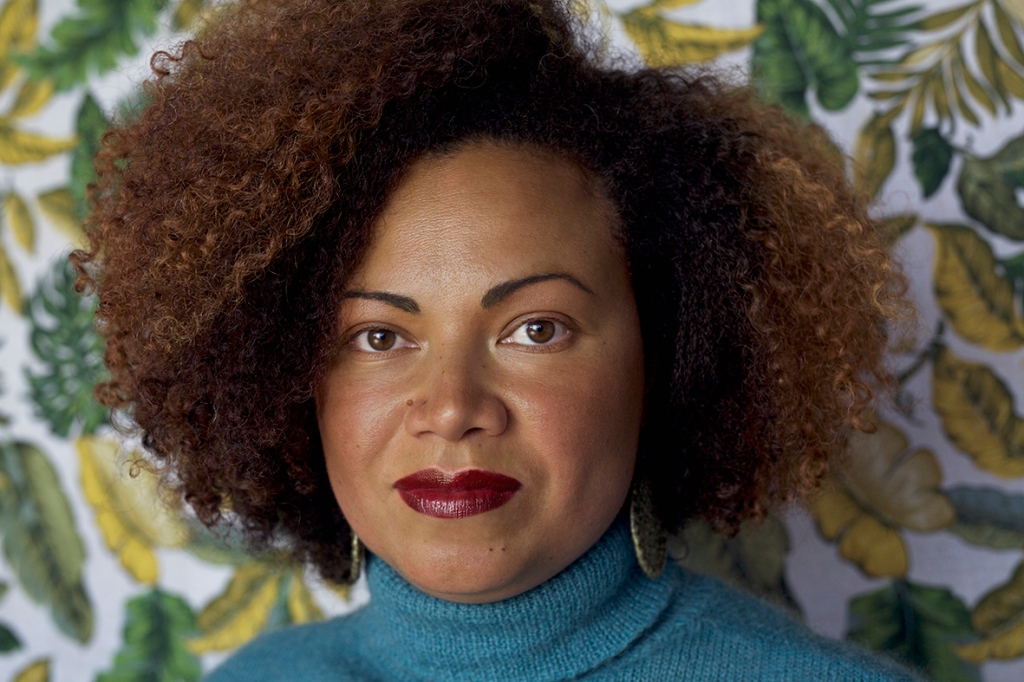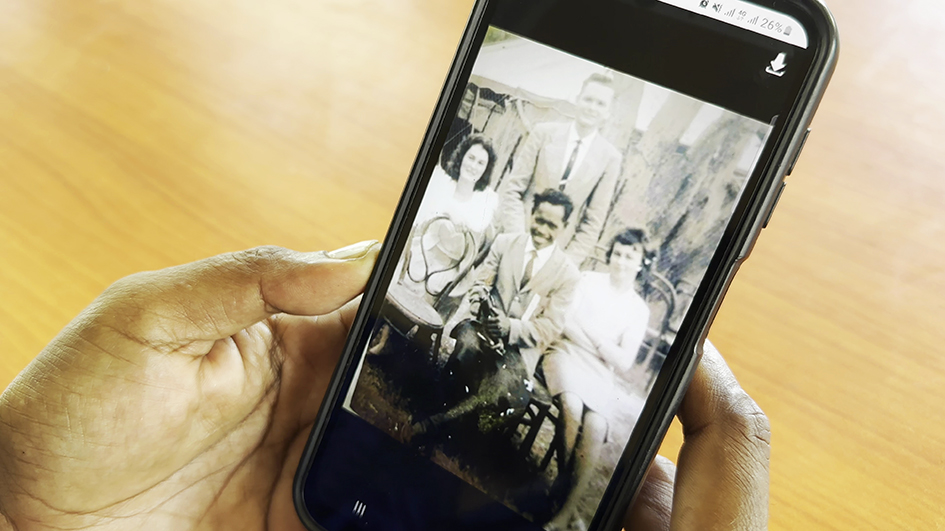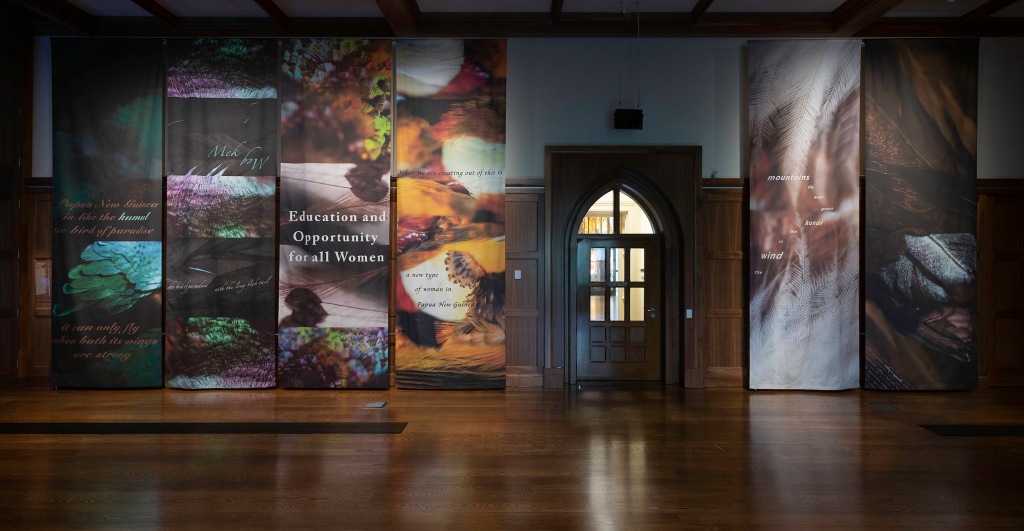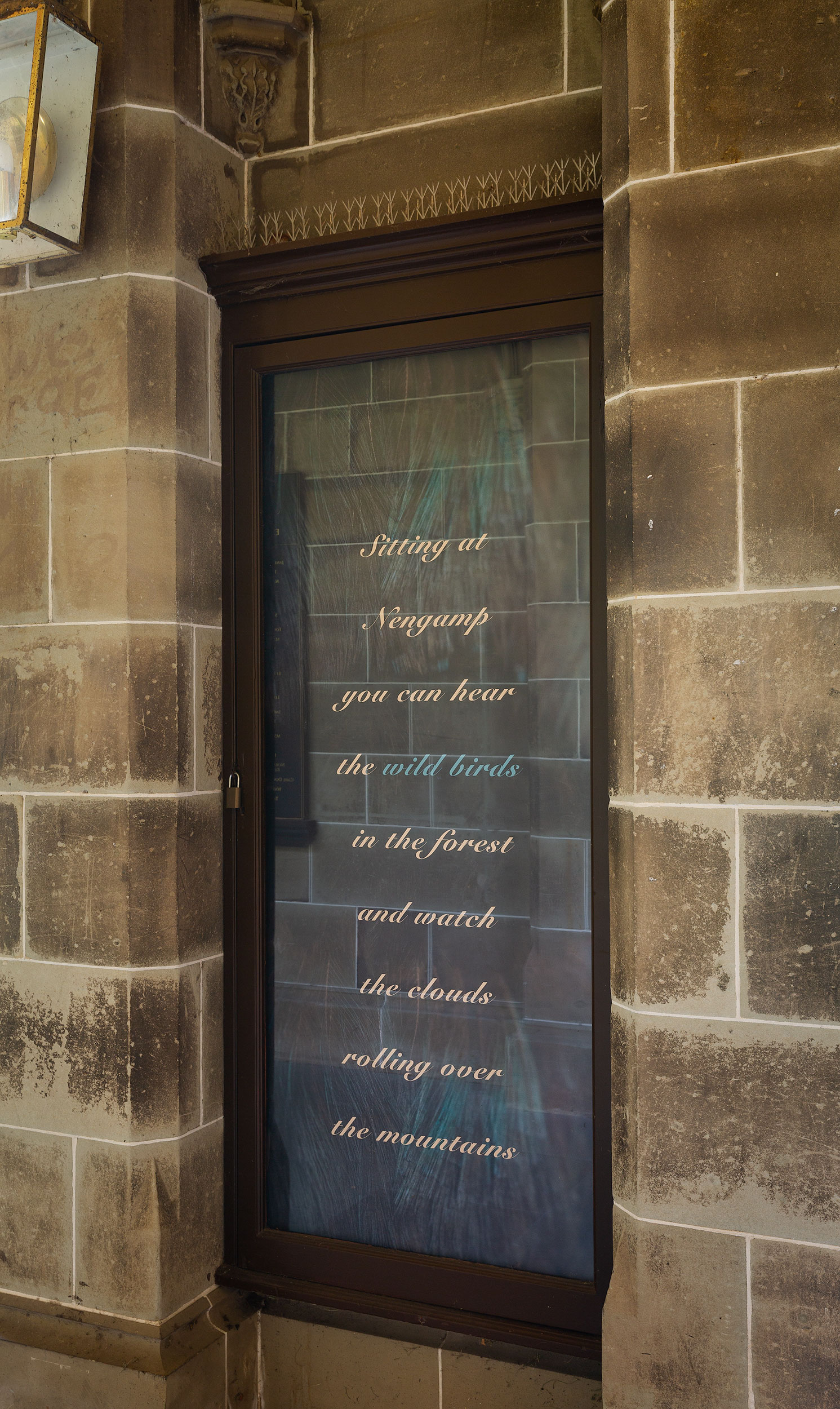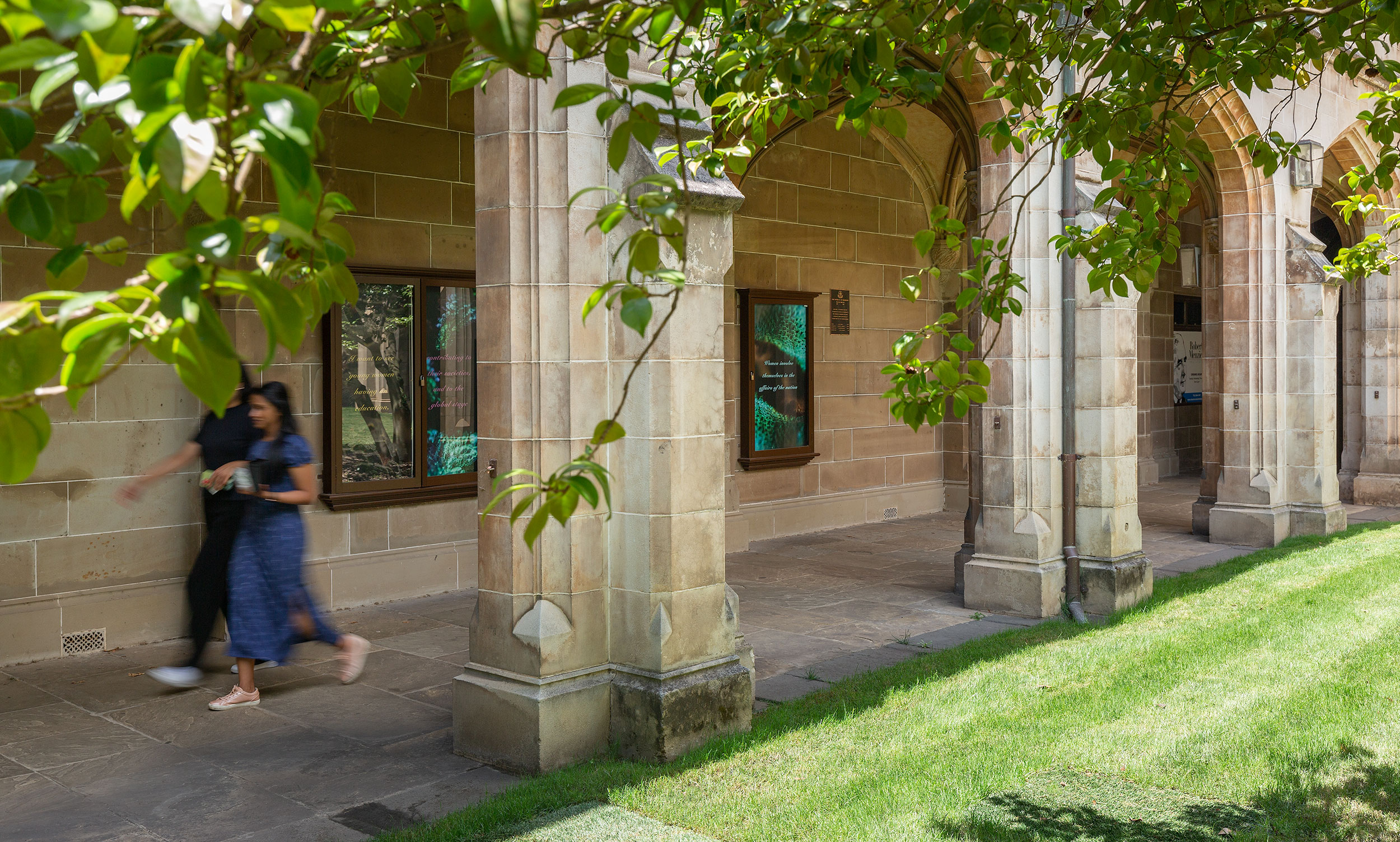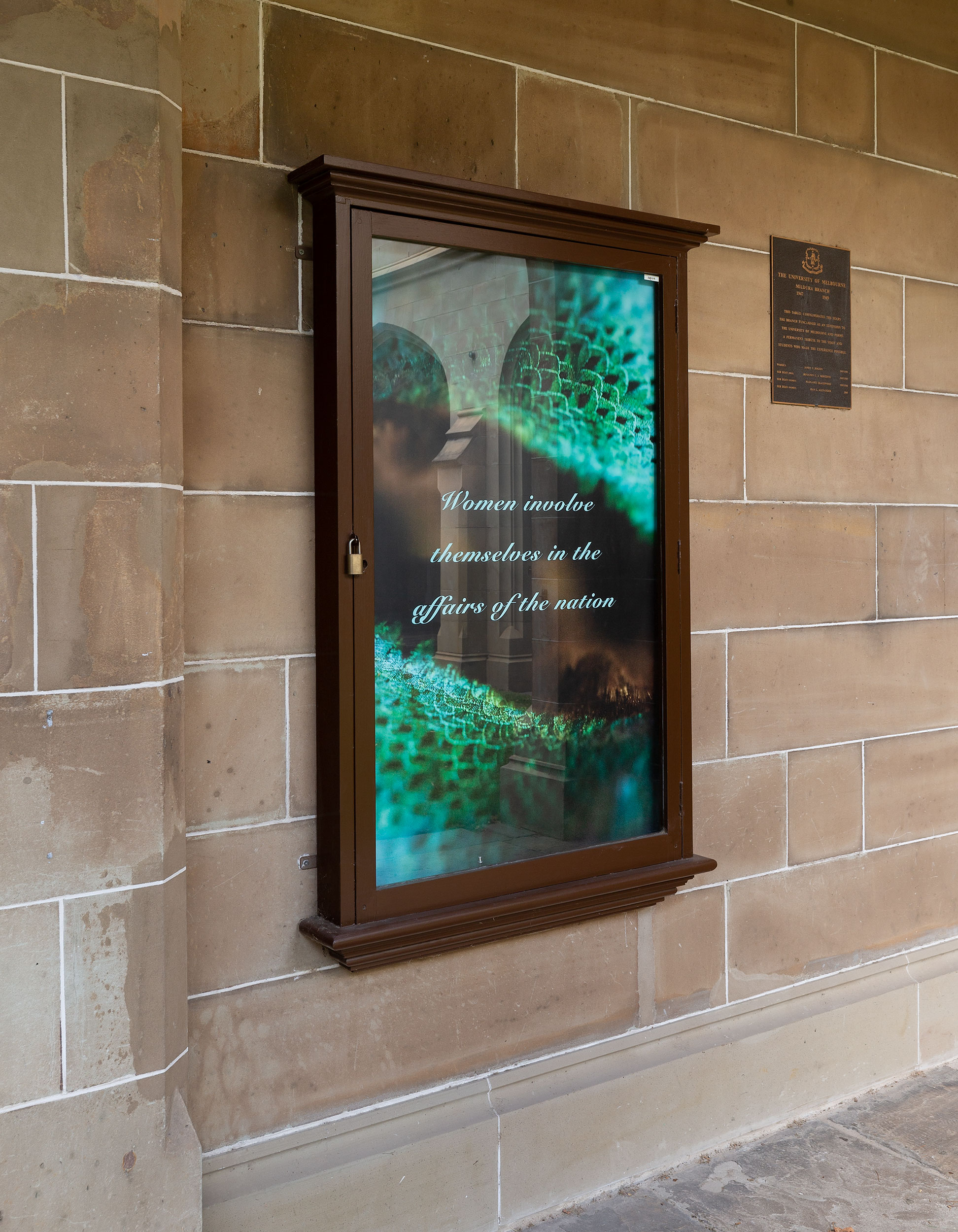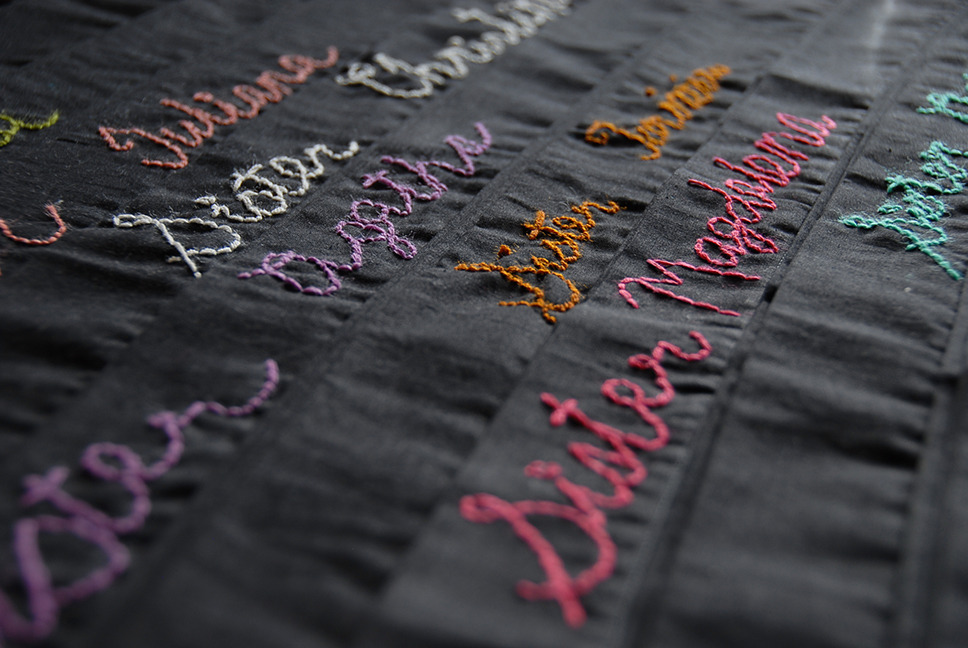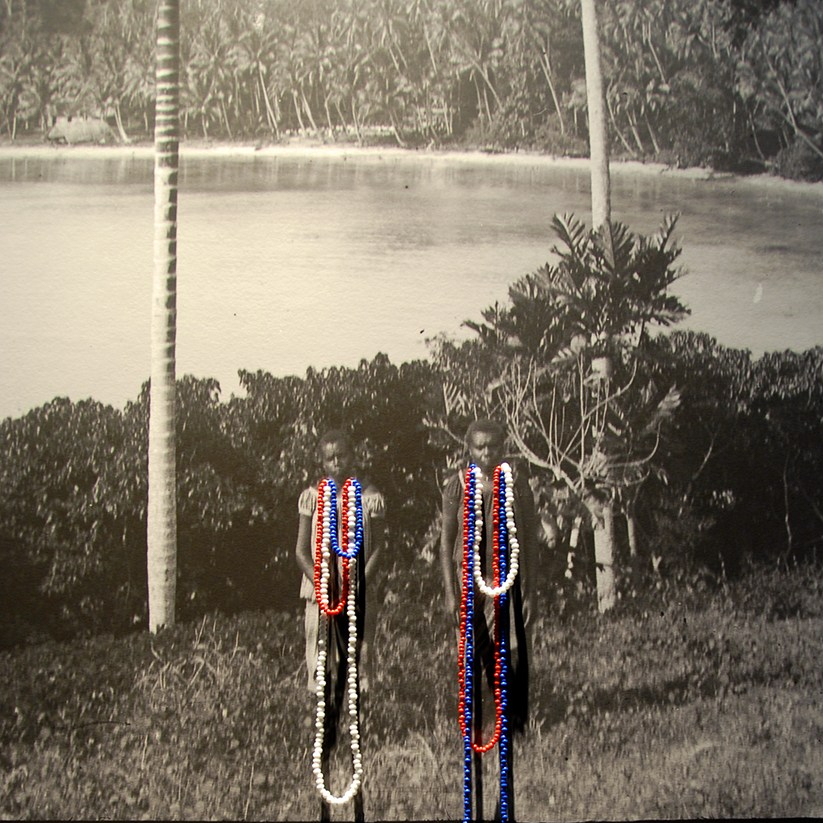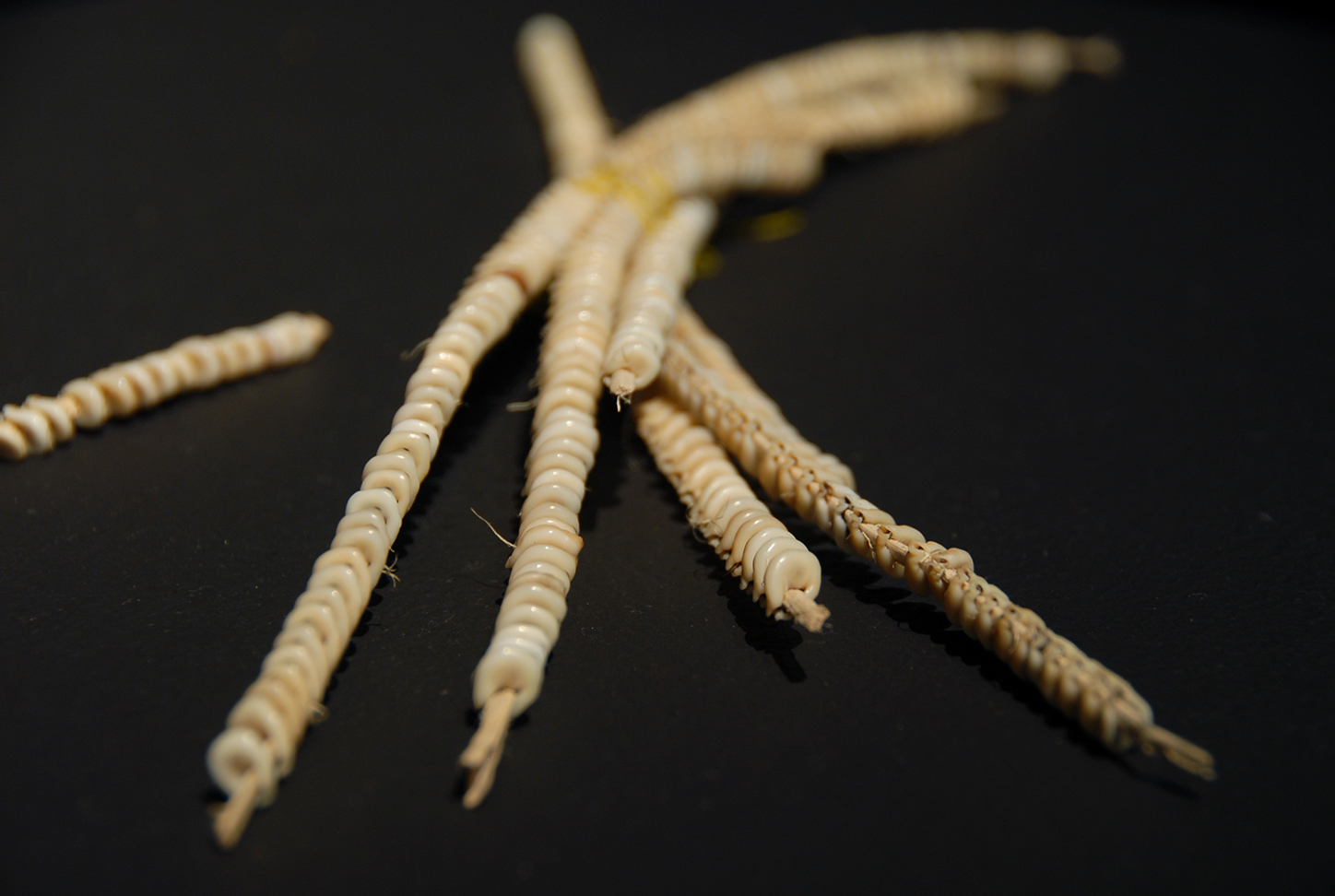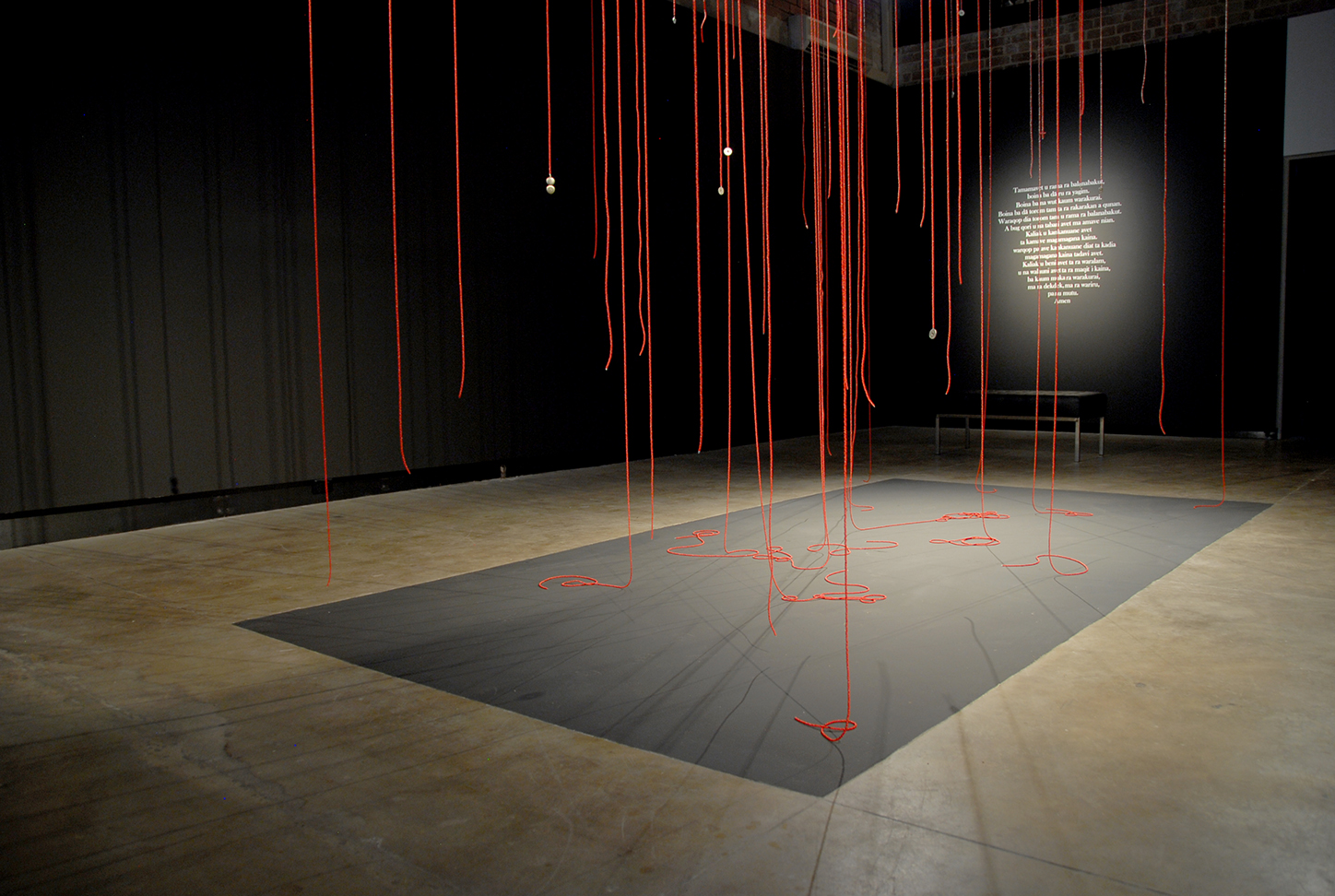Talaigu! I’m Lisa. I create and curate exhibitions that shift narratives and art histories with a Melanesian feminine lens. I have specialist knowledge of lens-based practices, interpretation of museum collections and the language of textiles. My creativity is sparked by digging through archives, listening to human stories and, lucid dream states. I’m driven to empower individuals and communities whose stories and knowledges are overlooked and to arm them with skills to share their stories their way. I’m thoughtful, curious, and led by the important Pacific cultural value of reciprocity. I’m enamoured by the wondrous worlds of animated films and the joy and wisdom of growing plants.
Commissions
I have an innate ability to critically interpret research and content into something creative that is deeply engaging for exhibitions and publications. With a distinct Papua New Guinean-Australian and global perspective, I’ve fulfilled creative commissions and interventions adding immense value to collections, exhibitions and programs for the Australian War Memorial, Haus der Kulturen der Welt Berlin, Ian Potter Museum of Art University of Melbourne, Institute of Modern Art Brisbane, Museum Ostwall in the Dortmunder U and authored publications for Galang Powerhouse and TarraWarra Art Museum Biennial.
Curatorial & Advisory
I love helping GLAM (Gallery, Library, Academic, Museum) professionals in the curation and content development of exhibitions, particularly if it relates to lived experiences of Papua New Guinean cultural histories or collections. I’ve worked with and provided advice to curators from the Art Gallery NSW, Brücke Museum Berlin, Museums Victoria Melbourne, Statens Museum fur Kunst (Denmark National Museum), Stedelijk Museum Amsterdam, Übersee Museum Bremen and academics from the Australian National University.
Scholarly Research
Digging through archives and my garden I find strangely similar, they’re both of my happy places. As an International Fellow at the German Maritime Museum, Leibniz Research Institute for Maritime History, I’ve been researching the movement of Melanesian bodies on German ships during the German New Guinea colonial era in affiliation with the North German Lloyd Colonial Research Project. I’m currently pursuing doctoral research of Papua Niuginian women’s visual representation and authorship through filmmaking and photography at the ANU College of Asia and the Pacific, Australian National University.
I am a member of the Oceania Working Party for the Australian Dictionary of Biography, and a fellow member of Galang, an international indigenous think tank for the Powerhouse Museum Sydney. I respectfully live, work and learn on Wurundjeri country.
©LISA HILLI 2023 ALL RIGHTS RESERVED
I am in the home stretch for completing my PhD Research and am unable to commit to any major projects until the end of 2024. If your request is regarding artwork loans, reproductions or short term consultative work please get in touch below.
Instagram
